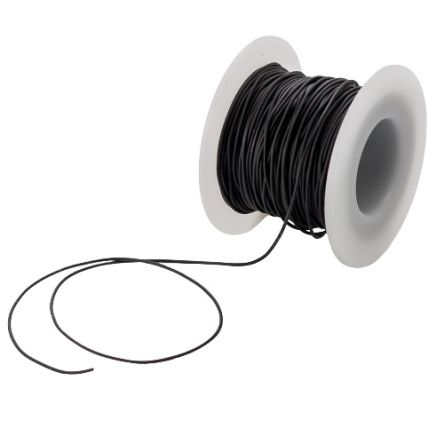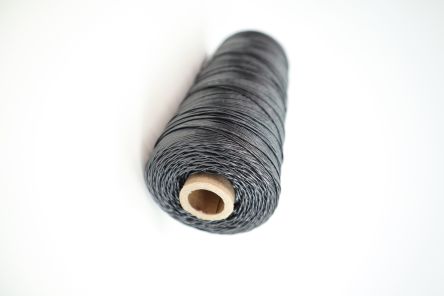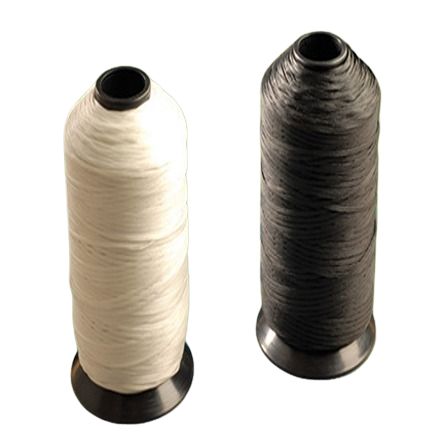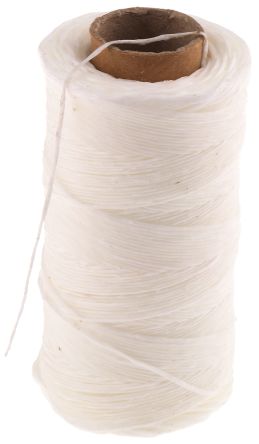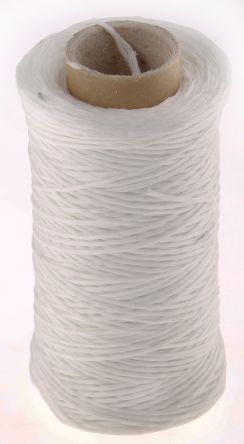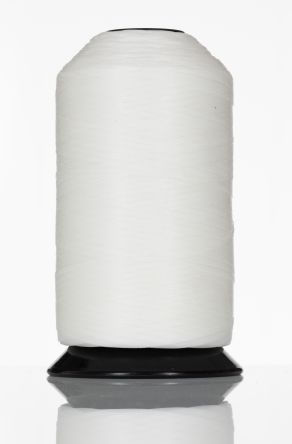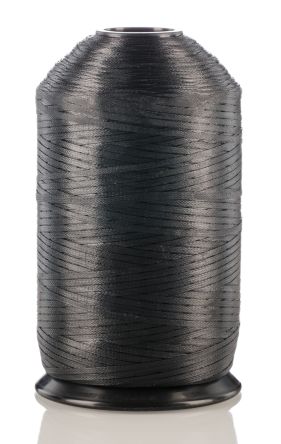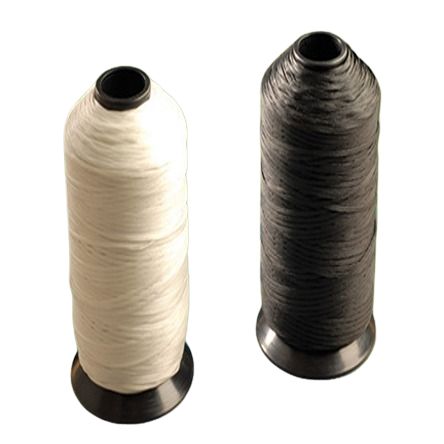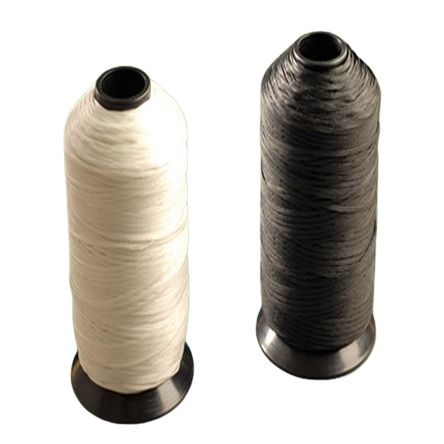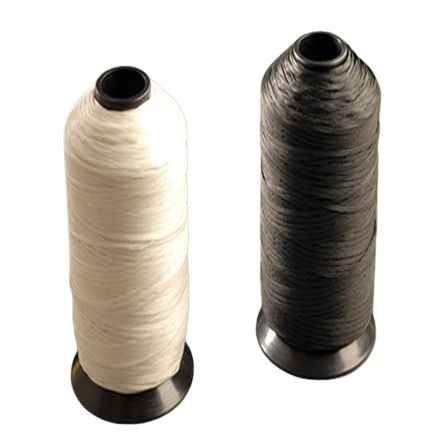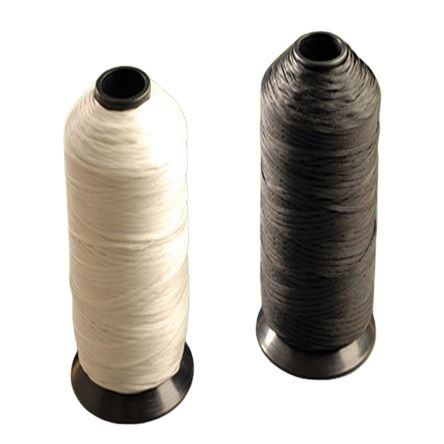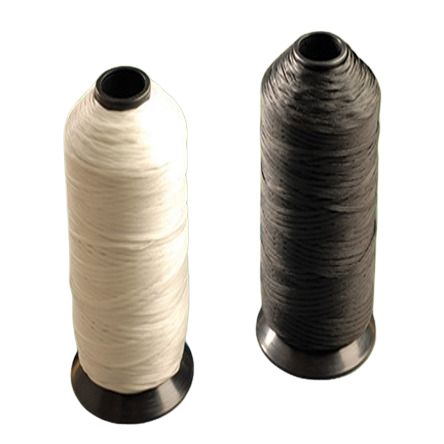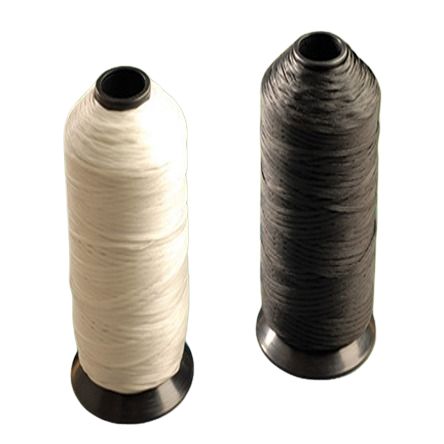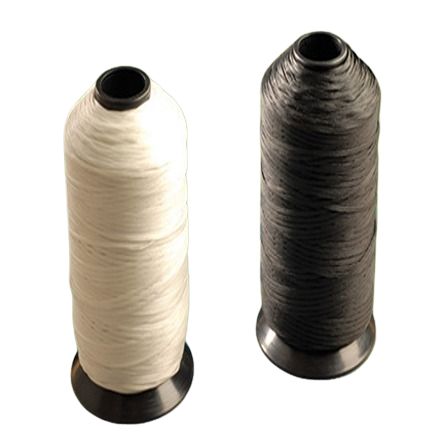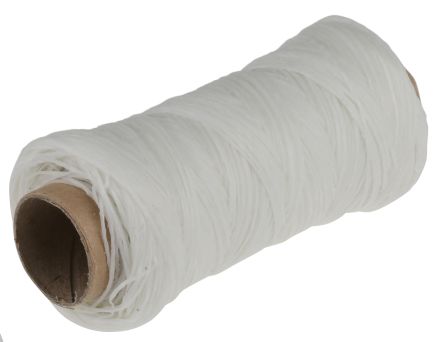- Automation & Control Gear
- Cables & Wires
- Enclosures & Server Racks
- Fuses & Circuit Breakers
- HVAC, Fans & Thermal Management
- Lighting
- Relays & Signal Conditioning
- Switches
- Batteries & Chargers
- Connectors
- Displays & Optoelectronics
- ESD Control, Cleanroom & PCB Prototyping
- Passive Components
- Power Supplies & Transformers
- Raspberry Pi, Arduino, ROCK, STEM Education & Development Tools
- Semiconductors
Cable Lacing
Cable lacing is a cable management technique in which thin cord is used to bind a wiring harness together. It was traditionally used in the telecommunications industry, and is still used in some modern applications because it does not create any obstruction along the length of a cable, avoiding the handling problems encountered with cables tied with plastic bindings, such as cable ties.
How does cable lacing work?
Cable laces are a thin cord used to join cables together with a series of stitches or knots. When it comes to the cable lacing process itself, there are a range of different styles, including traditional running lock stitches; continuous lacing made from a series of overhand knots; and spot ties, which combine clove hitches with reef knots to bind the lace together.
Types of cable lacing
Waxed cord is the most traditional kind of cable lace. Modern flat lace tapes are made from a variety of materials, including nylon, polyester, Teflon or fibreglass.
